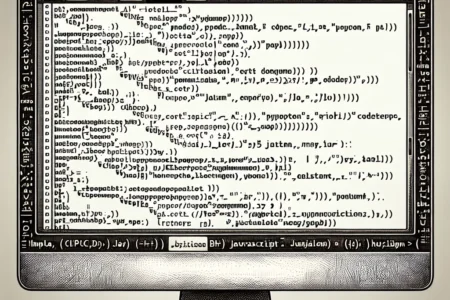The evolution of CSS in web development has been remarkable, transforming from a simple styling language to a powerful tool for creating responsive and visually stunning websites. CSS3 introduced advanced layout capabilities, animations, and transitions, enabling developers to craft dynamic web experiences. Maximizing website design with CSS techniques is pivotal, allowing for the creation of responsive layouts, customization of typography, and implementation of visual effects and animations. By harnessing the power of CSS for responsive web design, developers can create visually appealing, responsive, and dynamic websites that deliver an excellent user experience, ultimately contributing to the success of web projects. The utilization of CSS techniques empowers developers to craft websites that captivate and engage visitors, reflecting the vital role of CSS in shaping the modern web and enhancing user experiences across diverse devices and platforms.




